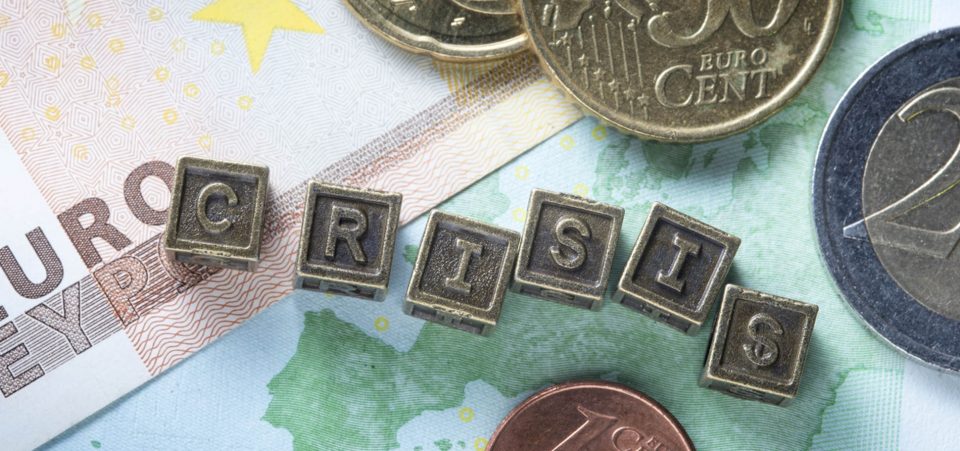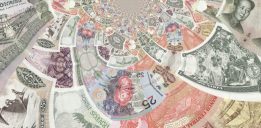ECB Study on Inequality Raises Specter of Economic Collapse in Eurozone
“What has the euro done for me?” is the question many Europeans are asking. They have actually become poorer in recent years. This is what a large survey conducted by no less than the European Central Bank (ECB) revealed about the evolution of household wealth. The effects of the 2008 financial crisis linger. Is it any wonder that Europeans are concerned about economic collapse in the eurozone?
The Gini coefficient, which reflects a country’s income inequality, increased between 68% and 68.5% between 2010 and 2014. (Source: “ECB: Crisis knocked 10% off household wealth amid evidence of higher inequality,” Financial Times, December 23, 2016.)
This means that the eurozone has worse wealth distribution than before. Rather than closer to equality, Europeans are moving closer to economic collapse.
The survey, the Household Finance and Consumption Survey, examined the wealth and consumption of 84,000 families in 18 eurozone countries. The study, published in December, covers the period of 2010 to 2014. It showed that many more Europeans were living on the edge of poverty. It also suggests that the eurozone risks economic collapse. (Source: “The ECB admits people in Europe are getting poorer,” Business Insider, January 2, 2017.)
Europeans have become impoverished. The ECB study all but proves that the financial crisis has impoverished most Europeans. But worse, European governments have failed to increase or better distribute wealth among the population. This has accentuated disparity and fueled a number of social and economic risks.
The data from the study showed that net wealth has declined across the entire spectrum of economic wealth distribution. The differences, expressed in percentage terms, were even deeper when considering the lower economic segments. The poorest 25% of the population have a 14.7% lower income than was the case in a previous study. Meanwhile, the richest 25% experienced a 10.2% decline. (Source: “ECB Finds Euro-Area Inequality Edging Wider as Wealth Slides,” Bloomberg, December 23, 2016.)
At the top of the wealth distribution curve, we find the richest 10% of households owning 51.25% of the total net wealth. Yet nearly five percent of households have a negative net wealth, meaning that the value of their debts exceeds the value of their assets. (Source: Ibid.)
For most Europeans, the principal element of their wealth is the value of their main residence. Unlike certain areas of North America, it has dropped an average of 12% over the period studied. Homeowners who still have a mortgage have lost close to 20% because of their increased indebtedness. This phenomenon has been especially noted in southern countries of the eurozone.






